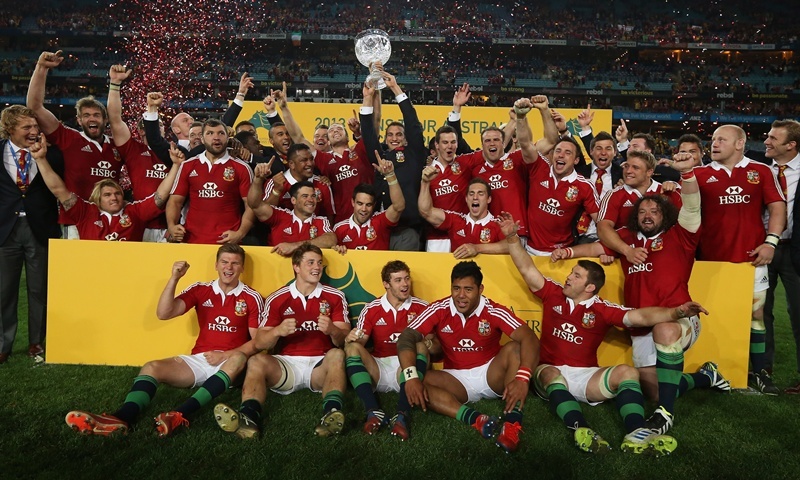The Lions Tour as only it can for rugby, it seems captured the imagination of the public.
It was a mercy for those of us who endure the endless minutiae of the month-on-month coverage of soccer. Yes, I know it’s close-season and there’s a few papers that have stubbornly produced 10 pages of kick-ball before you get to another sport, but in the main it’s been relegated to the margins while the test matches have been on even if Murraymania then meant the Lions’ achievement was somewhat drowned out.
The wonderfully one-eyed parochial and national debate forget this nonsense about “one-for-all”, bickering about selection is one of the great Lions traditions has been fully engaged. I’m thrilled that the BOD selection issue ignited so much passion and interest (I entirely agreed with Gatland, by the way).
But as rugby looks to be thriving and the Australian RU count their millions of dollars in consolation for losing the series, the game actually looks in a bit of a mess.
This was because the masterstroke of the Lions organising committee and the biggest blunder by Australia, far greater than anything Robbie Deans, James Horwill or Will Genia committed was ensuring Romain Poite of France refereed in Sydney.
Such are the widely differing interpretations of the laws by referees from the North and South hemispheres we had a game utterly turned on its head from the two preceding tests.
Four of the five penalties and free kicks on which the Lions built their first half advantage would probably not have been given and a couple would even have been given the other way by New Zealand’s Chris Pollock and Craig Joubert of South Africa, the refs in the first two games.
With Poite on the whistle, schooled as he is in the French tradition of le grand melee, Australia’s weaknesses were gratuitously exposed.
Northern Hemisphere observers myself included rubbed their hands with glee. The suspect Aussie scrum, allowed off the hook too often by SH refs, was getting its due at last.
But it and the breakdown, where the Lions would have been pinged off the park had Pollock got the final test badly need to be sorted.
The IRB has made much play of standardising interpretation, but it seems every time there is a seminar and directive on the issue the refs and the coaches return to their respective hemispheres and do what the hell they like.
Yes, adapting on the hoof is one of the core skills of rugby, and analysis of refereeing interpretation an important modern factor. But Australia can hardly be blamed for feeling a little sore, not just at the size of the defeat but having to play almost a different game to the one that served them reasonably well the first two tests.
I think the Lions were the better team; the closeness of the first two tests, played to “SH rules” and the margin of victory on Saturday proved that. But rugby needs clarification and simplification of its in-game contests.
Let’s ensure we do everything one way. The game risks being brought into disrepute otherwise.
